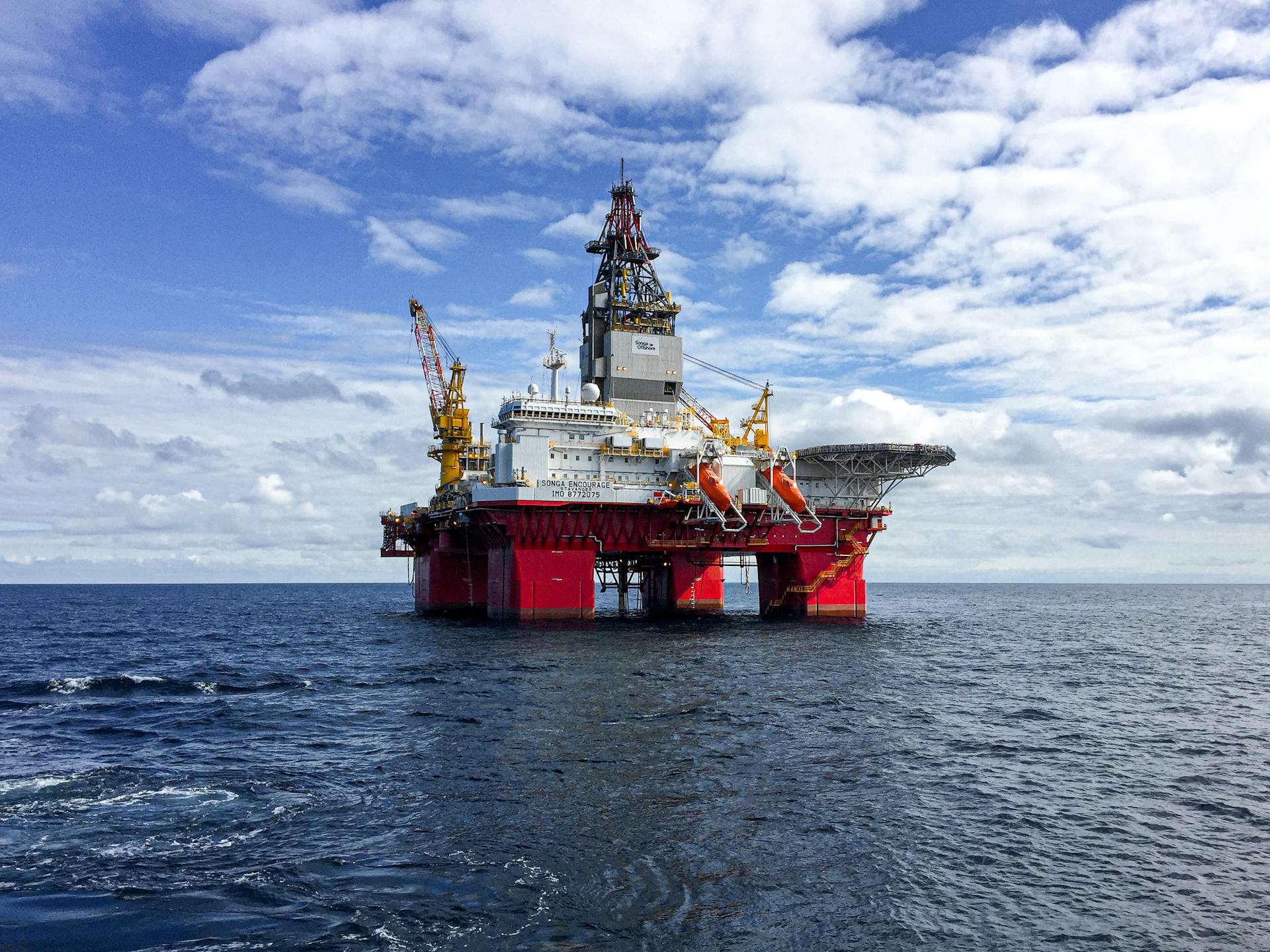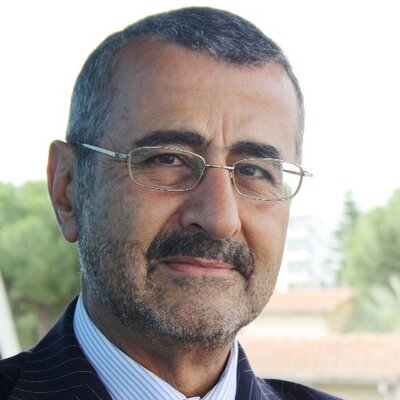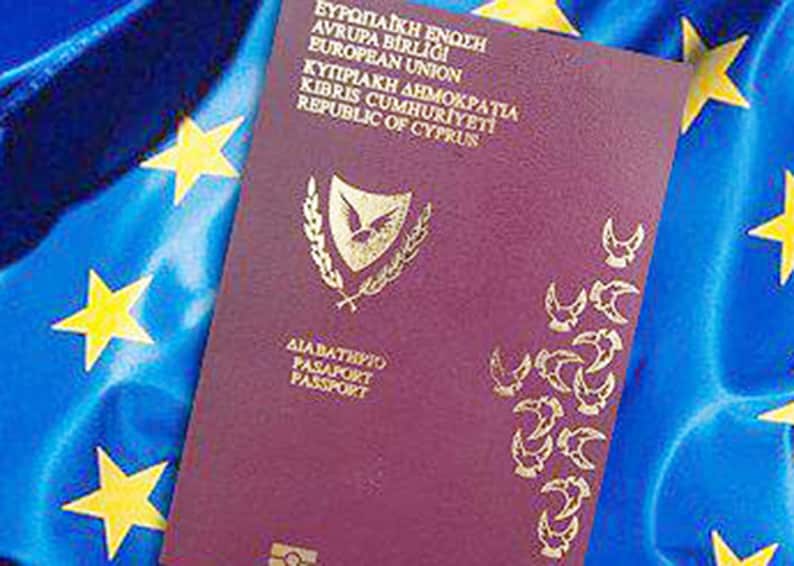American oil companies became involved in the Middle East right from the start of the oil industry in the region. A Standard Oil subsidiary, that later became Chevron, gained concessions in Saudi Arabia in the 1930s and first discovered oil in 1938. This led to the formation of a joint Saudi Arabia/Chevron company in 1933, that in 1944 became Aramco: ‘Arabian American Oil Company’.
After WWII the US became increasingly reliant on Middle East oil. Its interest in the region remains strong to-date, with US oil and gas companies heavily involved in most countries in our neighbourhood.
“Unleashing American Energy”
President Trump signed an Executive Order on January 20, entitled “Unleashing American Energy”, stating that it is “in the national interest to unleash America’s affordable and reliable energy and natural resources,” and made this central to US energy policy.
His much-publicised catchphrase “drill-baby-drill” embodies much more than just drilling for oil in the US. He accompanied this by another key statement: “We will export American energy all over the world.” These statements have become synonymous with his plan to boost US oil and gas production and export and generally his strong support to the American oil and gas industry at home and worldwide.
More recently president Trump used the threat of tariffs and the negotiations that followed to push countries toward LNG deals, particularly Europe. As part of the US-EU trade deal, Europe has committed to purchase $750 billion US energy over the next three years. Even though it is questionable whether this can be achieved, most of this is expected to be in the form of US LNG imports by Europe.
Southeast Europe and East Med
The US has a strong interest that US LNG and energy companies can access all European markets, including southeast Europe and our region.
In effect, “southeast Europe and the East Med constitute regions of geopolitical significance to the US where energy and defense arrangements with regional countries ensure that the US safeguards its interests over rivals, such as China.”
We are reminded that during his first term, president Trump signed into law the East Med Security and Energy Partnership Act of 2019, known as the ‘East Med Act’, that focuses on “strengthening security and energy cooperation among the US, Greece, Cyprus, and Israel. It authorises various measures, including security assistance for Greece and Cyprus.” The act also “supports energy infrastructure development in the East Med, including pipelines and LNG terminals.”
Quite importantly, the Act states that “the US, Israel, Greece, and Cyprus oppose any action in the East Med and the Aegean Sea that could challenge stability, violate international law, or undermine good neighbourly relations.”
Through this, the US supports “cooperative agreements supporting and enhancing dialogue and planning involving international partnerships between the US and Israel, Greece, and Cyprus” for the development of East Med energy. It also supports “efforts to protect energy exploration infrastructure in the region, including infrastructure owned or operated by US companies” and gives support to “US businesses seeking to invest in East Med energy exploration, development, and cooperation.”
In 2025, the East Med security and energy policies and strategies of the US remain strong, especially within the evolving geopolitics of the region following the Israel, Hamas, Hezbollah and Iran wars and the developments in Syria. These have given security and energy stability in the East Med added significance.
Enhancing Greece’s energy role
The East Med Act states that it “welcomes Greece’s commitment to the gas Interconnector Greece-Bulgaria (IGB) and additional LNG terminals that help facilitate delivery of non-Russian gas to the Balkans and central Europe.”
Related to this, under president Trump, the US has reaffirmed its support for the Three Seas Initiative (3SI), with emphasis on the north-south energy connectivity and development of the required infrastructure, connecting the countries of the region from Greece all the way to the Baltic states.
These developments have made the Revithoussa LNG terminal and Alexandroupolis FSRU central to US plans to supply landlocked countries in southeast Europe, such as Bulgaria, Romania, Serbia, with US LNG.
The geopolitical, defense and energy partnership between Greece and the US remains strong.
US oil and gas companies
President Trump has made no secret of his strong support of the US oil and gas industry to secure US dominance in global oil and gas markets. Chevron and ExxonMobil are benefiting from this support in expanding their already strong presence in the East Med region.
Chevron has strong presence in Israel, Cyprus and Egypt and plans to extend this to Greece. Recently, it agreed a deal to export 130bcm gas from Israel’s Leviathan to Egypt by 2040, valued at $35billion. In June, Chevron and Shell were awarded two new blocks offshore Egypt. Chevron is also in the process of developing Cyprus’ Aphrodite gasfield for export to Egypt, likely by 2031.
ExxonMobil is present in Cyprus, Egypt and Greece. It is likely to revisit data from Cyprus’ block 5 to identify other drilling targets. It is also planning a drilling programme in 2026 to assess the potential of its Egyptian concessions ‘Cairo’ and ‘Masry’. These are likely to take us closer to the end of this decade before we know what ExxonMobil has in mind for its East Med assets.
Given their central role in president Trump’s energy plans, working closely and cooperating constructively with these companies can only benefit Cyprus.
GSI and the importance of IMEC
Another project that could benefit from stronger US support, to counter the geopolitical threats posed by Turkey, is GSI. In July ADMIE, the GSI operator, presented a cost-benefit study covering the section between Cyprus and Israel that confirmed the benefits of the interconnector.
Depending on regional developments, Cyprus and Israel have agreed to finalise a deal for GSI before the end of 2025. Israel agreed to push for its inclusion in IMEC.
IMEC is the 4800km India-Middle East-Europe Economic Corridor -from India to Europe through UAE, Saudi Arabia and Israel- that aims to bolster economic development by fostering connectivity and economic integration between Asia, the Persian Gulf and Europe. Its founders include the US and the EU.
Its importance is recognised in a new draft US Act, proposed with bipartisan support in May, entitled “the East Med Gateway Act”. It supports the region’s role as a strategic gateway in the IMEC Corridor and recognises “the strategic importance of countries like Greece, Israel, and Cyprus, and seeks to enhance diplomatic, energy, and defense cooperation,” as well as interconnectivity.
These developments are ushering a new era for American energy interests from which our region has much to benefit.







Click here to change your cookie preferences